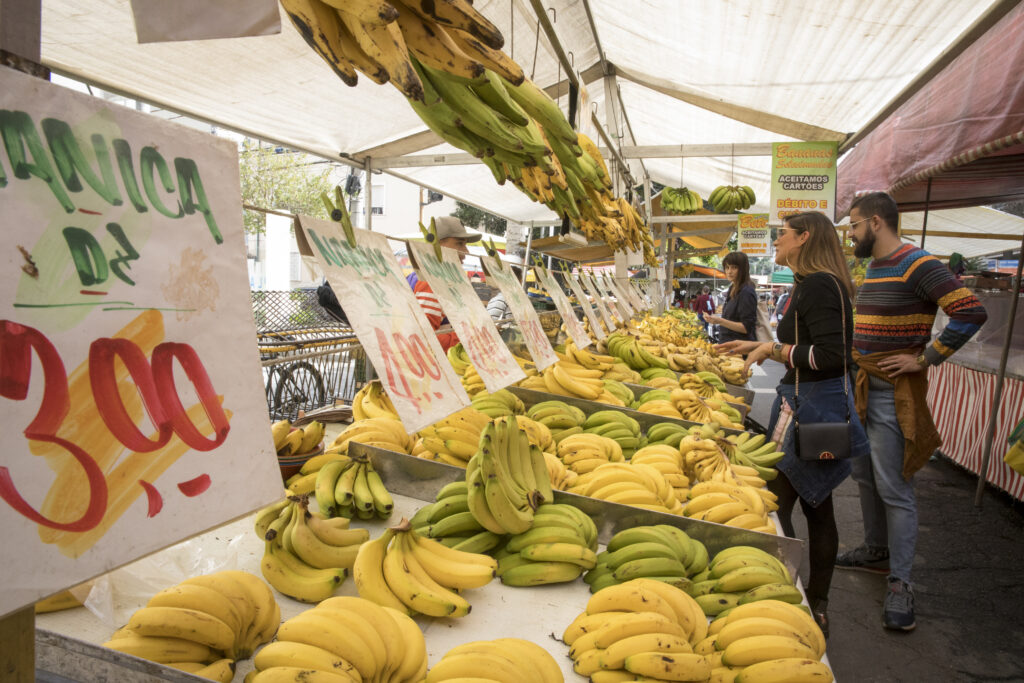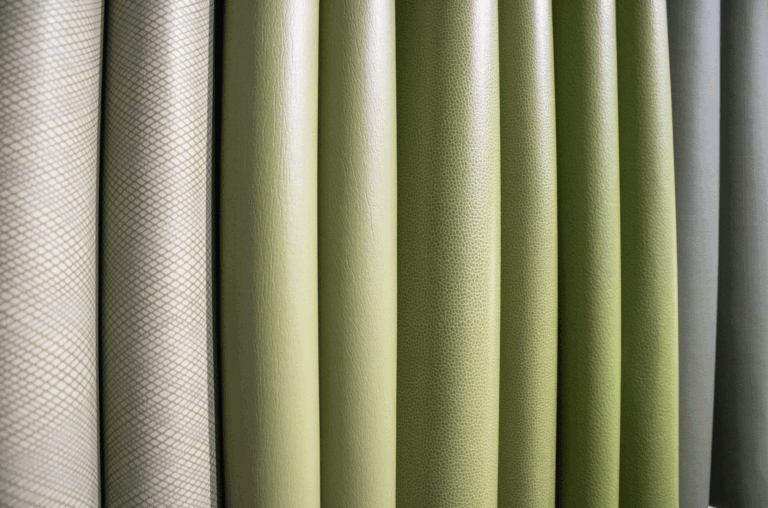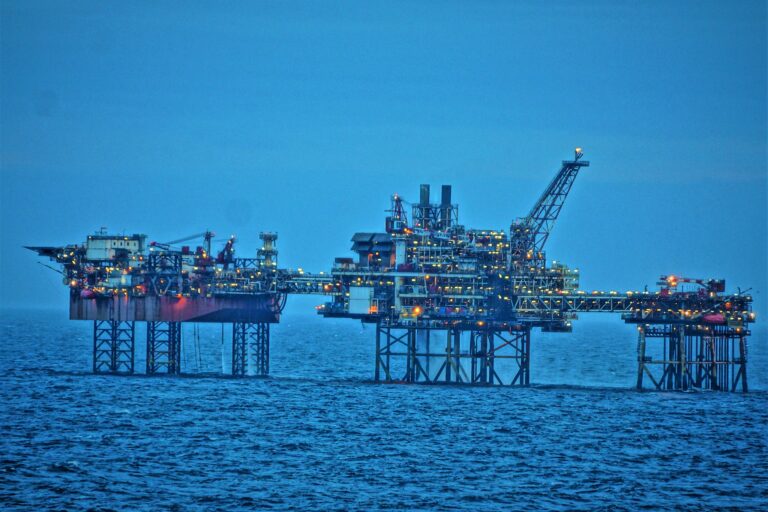Enveloped in their own biodegradable packaging, bananas are a remarkably versatile fruit. You can spot it decorating Hindu weddings as a traditional symbol or cradling scoops of ice cream; its leaves are used to roof homes and dress wounds. But the future of the world’s favourite fruit is under threat.
In March, researchers at the University of Exeter warned that growing bananas will become economically unsustainable for much of Latin America and the Caribbean by 2080. Rising temperatures driven by the climate crisis are expected to make cultivation increasingly difficult.
It’s a sobering forecast for a crop worth $11bn (£8.1m) annually, which is a vital staple food, export commodity, and source of income to around 400 million people, according to Christian Aid.
Fears of a banana-less future are nothing new. From the 1830s to the 1950s, the Gros Michel, or ‘Big Mike’, was the world’s banana of choice. That changed in the 1950s, when the soil-borne fungal Panama disease devastated global plantations. The fungus attacks plants at their roots, cutting off water and nutrients, leaving fields of withered stalks and triggering a worldwide shortage. Producers turned to a tougher alternative in its place: the Cavendish.
It was a supply chain dream: fast-growing, thick and resilient skin, and ideal for shipping. Today, the Cavendish accounts for 99 per cent of global banana exports, with around 50 billion tonnes produced each year, according to The Future Market.



“We want the Cavendish because we are used to the Cavendish. We have no idea that there is another kind of banana,” says Rony Swennen, a banana breeder at the International Institute of Tropical Agriculture (IITA).
The Cavendish comes with serious flaws. It guzzles water, depends heavily on pesticides and fertilisers, and is dangerously vulnerable to disease. A new strain of the Panama disease, Fusarium Tropical Race 4 (TR4), has been spreading since the 1990s.
The Cavendish, like its ill-fated predecessor, is at risk of becoming a monoculture vulnerable to fungi like TR4, says Desalegn Etalo, an expert on Panama disease and assistant professor at Wageningen University & Research. “Nature thrives through variation – it’s what allows ecosystems to adapt and survive.”
Monocultures, where a single crop is grown in a particular area, damage the ecosystems they depend on. Heavy fertiliser use kills off beneficial microorganisms, creating sterile fields where little survives besides the cash crop. In the short term, it’s profitable. In the long run, it causes ecological collapse.
Saying the banana is finished. I don’t believe it
Rony Swennen, a banana breeder at the International Institute of Tropical Agriculture (IITA)
Both Swennen and Etalo agree the banana is far from doomed. The problem, they argue, isn’t the fruit itself, but how we grow it.
To prevent disease, small scale farmers in Africa and Asia practice agroforestry, the cultivation of bananas alongside other crops. This promotes “TR4-suppressive organisms, producing chemicals in the soil that help them to flourish,” explains Etalo.
With alternative farming techniques and consumer tastes shifting beyond the Cavendish, Swennen says the main threat of monocultures can be eradicated. “We grow bananas in a completely wrong way. It belongs in the forests, with a canopy above, and a cover crop on the ground.”
While the Cavendish’s days as top banana may be numbered, the fruit isn’t going anywhere. “It’s just a moment. Saying the banana is finished, I don’t believe it,” says Swennen.
If anything, our palates may be broadened to sample the fruit’s extraordinary diversity, from the rich, dense Matoke to the sweet, vanilla-like Nam Wah. You could even call it a ripe opportunity.




